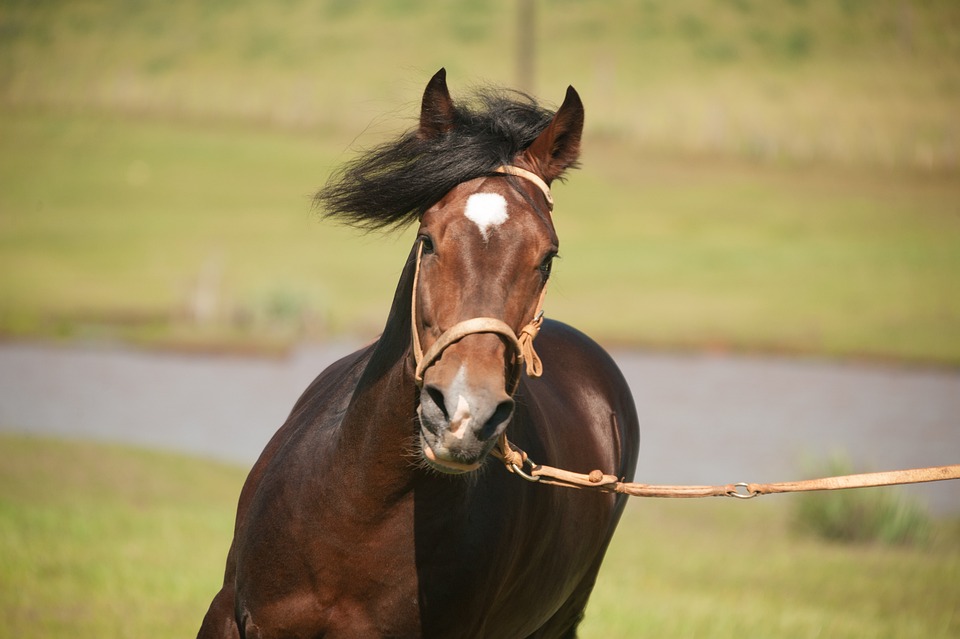When I taught a freshman jumper one day, her horse was getting a little stiff over the fences. Although she was capable enough to handle him, she was a little worried because she had a muscle weakness in one arm from an old injury. This weakness sometimes prevented her from maintaining firm contact on both reins when fatigue struck her.
At the time, I remembered a technique my old jumping coach had taught me when I was a junior rider retraining an ex-race horse—a bridge between the two reins. Bridging the reins then became a subconscious effort when you were on a fearsome horse or a powerful horse pulling fences. With the reins bridge, I had more security and a constant connection. My hands weren’t getting any harder, but they had a backup now. This technique allowed me to maintain greater control over the position of the horse.
To bridge your handles, you hold them as you normally would but then turn your hands slightly to face your thumbs briefly as you adjust your handles to the bridge. When you pass the rein through your thumb and finger, it now travels across the horse’s neck to the other hand, where it also passes through your thumb and forefinger. Doing this on both handles now allows for a bridge. Then return your hands to the normal position while maintaining the bridge.
Bridging the handles gives the rider more security with horses trying to pull the reins out of their hands. A common technique used by those who ride cross-country forward, bridging the reins also helps riders who have a bad habit of opening their fingers and allowing the collars to slip through their fingers or who often lose contact for whatever reason. It helps the rider regain contact without much fuss and does not restrain the horse. It also helps riders maintain contact constantly as they learn to judge contact and when to fix it. Additionally, rein bridging helps novice runners maintain awareness of where one hand is in relation to the other; This technique helps maintain the correct spacing between the hands as well as keeping them from gripping too much.
Jockeys who fuss a lot with their reins can benefit from this technique as well as slick horses who are affected by inconsistent contact.
The hand grips can also be attached to one hand so you can ride alone over the jumps. Doing so helps the rider maintain his balance and helps prevent him from leaning on the horse’s neck. It also helps with exercises to build independent aids, such as jumping with one hand to the side. To tie the reins with one hand, hold the outer rein as normal as you would, then place your inner rein over the top of the outer rein.
Bridging the handles is a good technique to try when you need more security or when you need to work on keeping your hands free as independent aids.
